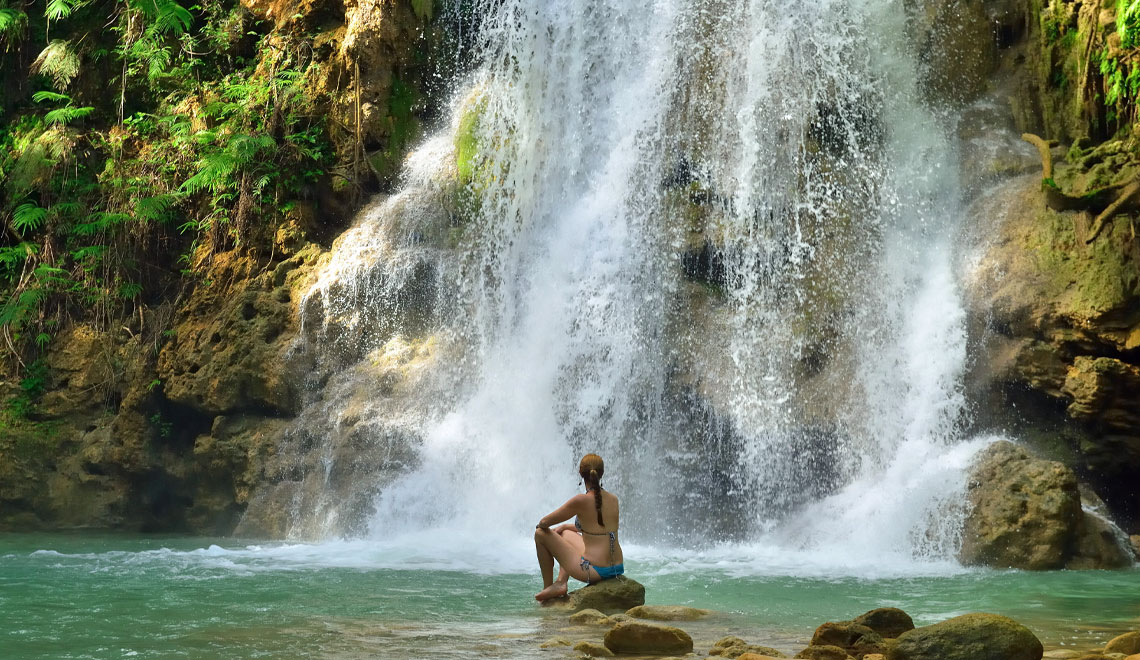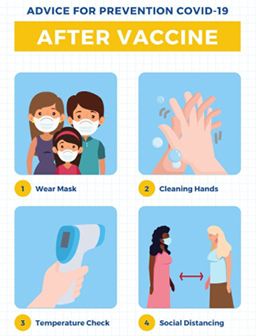
Home, Home on the Range – Connecting a Vast Network of Public and Private Lands
On a recent evening in NYC – we sat under the whale at the American Museum of Natural History and were riveted while Tom Brokaw, Ken Burns, Alan Simpson and David McCullough all championed The American Prairie Reserve. I respect any effort for which these four titans are willing to stand up and sing “Home On the Range”. It was a spectacular evening.
The American Prairie Reserve (APR) is creating the largest nature reserve in the continental United States. The dream is to connect existing public lands by buying and preserving private parcels in the grasslands of Montana’s Great Plains. The resulting reserve will provide corridors for animals to range over the Western Prairie – recreating the fully functioning eco-system which existed there for thousands of years. When complete, this public-private partnership will stitch together more than three million acres with access for both indigenous animals for migration and people for recreation.

Bison herd, from National Geographic
The APR is defined by the land it preserves, but its ultimate success will come with reintroduction of native animals which will live in a balance that dates back for thousands of years and was disrupted by fences. Mother nature knew what she was doing. To recreate a sustainable ecosystem on the prairie, modern biologists estimate that the reserve would need to encompass about 5,000 square miles (3.2 million acres) offering migration corridors (lots of breeding options) and all original native wildlife.

Hut designed to shelter sixteen guests
The APR wants visitors to discover and appreciate the American Prairie – free from “No Trespassing” signs. The APR will welcome visitors on foot, on horseback, on bikes and in boats. Don’t worry if you don’t ‘do’ tents. The vision is for an affordable hut-to-hut system similar to those in Switzerland, New Zealand, Yosemite, Scotland and South Africa. The huts will have a gathering space, basic kitchen, water system, insulation, climate control, bathrooms – and four bunk rooms each with four bunks.

The National Geographic supports the American Prairie Reserve. Video

Map from The American Prairie Reserve shows the current APR land.
The efforts of the American Prairie Reserve bring to mind a favorite classic book on the outdoors,
Last Child in the Woods: Saving Our Children From Nature-Deficit Disorder, by Richard Louv. He asserts that children, and all of us, need to spend meaningful time in nature to ground us – and keep us mentally and physically healthy. He also points out that citizens are more likely to value and preserve nature if they have experienced it first-hand. Paperback under $10.00.
Note: Long time ranching families are divided on support for the American Prairie Reserve. Many support APR. The opposition worries that the re-introduction of prairie dogs and bison will threaten cattle ranching. The APR would argue that cattle numbers have increased where APR has bought land. Further, opposition ranchers worry that while APR pays top dollar for private ranches, if the Federal Government were to build on this base with new national monuments, landowners would be forced to sell. That is not the mission of APR.

Download a free adult coloring book from the American Prairie Reserve.
Header Graphic Credit – www.americanprairie.org













